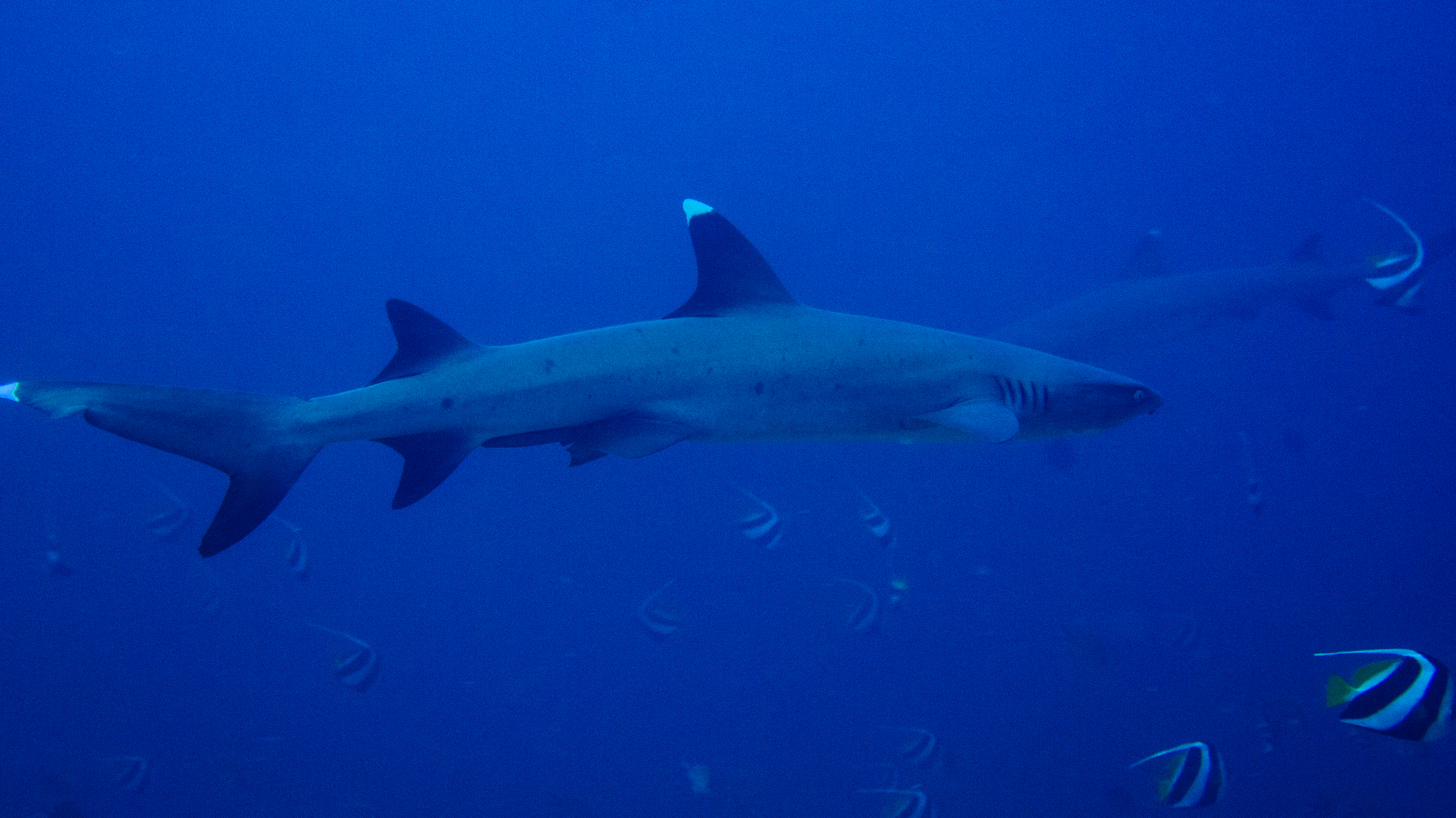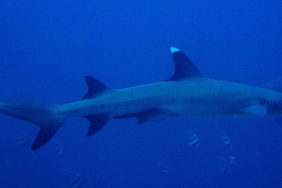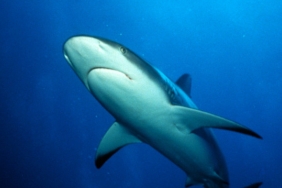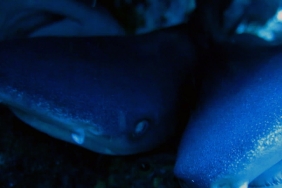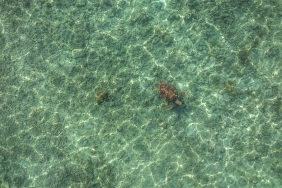PART OF SHARK AND RAY MANAGEMENT? WHO'S AFRAID!
Knowing the Shark and Ray Protection Marine Protected Areas
Mates, do you know how many sharks and rays are currently in the ocean? No one knows the exact number. However, with research into the occurrence of shark and ray populations by scientists, as well as first-hand accounts from fishermen, over the last decade many species of sharks and rays have become harder to find or farther away from capture, meaning their numbers are decreasing in the wild.
Sharks and rays are just two of the thousands of marine species groups in the world. Currently, a quarter of sharks and rays are threatened with extinction according to the IUCN, and that number will continue to grow if governments and communities don't take control. Governments are responsible for regulations that maintain important habitats for sharks and rays, especially their rearing habitat nursery ground, mating habitat (mating ground) and pupping ground habitat (pupping ground), meaning that sharks and rays must be protected as they regenerate.
Well, so recently WWF Global collaborated with James Cook University, Australia to create a guidebook for designing and managing Marine Protected Areas specifically for shark and ray protection. WWF and Colin Simpfendorfer from James Cook say the manual can provide practical, science/research-based information on how to maximize a Marine Protected Area for sharks and rays more effectively. The goal is to provide management to ensure these sharks and rays are preserved and protected into the future.
In Prof. Colin's words, MPAs that have been regulated in the world in general have not addressed the conservation challenges facing sharks and rays specifically, so this document was created with the analysis and research he conducted with WWF Global. Sharks and rays are unique species that have their own movement patterns, with some living coastally for their entire lives, others traveling through the ocean, and others living both oceanically and coastally. Thus, it is necessary to combine scientific knowledge of their movement patterns with socio-economic and cultural aspects.
"Sharks are protected, why do we have to consider the economic aspects too?"
Taking advantage of sharks and rays is not just about catching and consuming them, buddy! However, we must consider the depletion of these species due to uncontrolled targeting and bycatch. Tourism opportunities must also be considered as a livelihood for coastal communities. Do not let the protection created, harm them and kill their income. Effective protection management of their habitat is one of the most practical ways to reduce shark and ray mortality, as Dr. Andy Cornish, WWF Sharks Global Leader, said.
Back to the handbook, so it can be used by the government as a national manager or Management Authority to establish a Marine Protected Area to protect sharks and rays, or an existing MPA can be updated with the points of this management. And because these guidelines have a "practical" appendage, they can also be used by NGOs, marine tourism operators and practitioners as authorities responsible for marine habitats.
Contributing to the Scarcity of Shark and Ray Data Information
"Then, what is our duty as a society?"
Briefly, let's talk about why sharks and rays are protected. You should know that there is an International Plan of Action for the Conservation and Management of Sharks, this plan was developed by many countries and has been launched for almost two decades, the purpose of this plan is to encourage better management of sharks and rays. However, many shark fishing countries still do not have National Action Plans in place, while the status of shark and ray populations globally continues to slip. This gap is due to the main problem of a lack of basic information on shark resources, which has implications for better management. While Indonesia already has a National Action Plan (NAP) for sharks and rays that has been in place since 2010 and is updated every 5 years, there are still gaps in the data held by each region, resulting in not all shark and ray species in Indonesia being fully protected.
Still from the WWF and James Cook collaboration, departing from the limited data that is the main problem of shark and ray management, a toolkit or guide was formed that contains simple and practical guidelines for collecting information. In other words, we ordinary people can also collect data on sharks and rays no matter how small the action is! And that data can be used as the basis of field information for future shark and ray management. Can you imagine, government employees whose resources are not much, plus NGOs, practitioners, tour operators and others, is it enough to cover the archipelago's sea, which if you swim from end to end, you never know when you will arrive? Hehe. So, this guide was created to help increase information gathering with established procedures, especially for tourists.
Well, there are six options of data collection actions that can be done according to this guide, ranging from the very complex to the very simple, including:
First, through the Taxonomy system, you must have learned taxonomy in middle school? This guide is used to accurately identify shark and ray species. It contains an understanding of how to recognize shark and ray species in the country's waters through the taxon system. If we skip this method, we'll just skip the biology exam instead.
Well, the second is through Genetic Analysis, aka DNA checks. This analysis is done in identifying species accurately only from samples or small parts of individuals that are already difficult to identify. For example, if you are traveling and you come across a restaurant that sells sharks, you can take a sample of the food from that restaurant and bring the sample to the laboratory for DNA testing. If it turns out that the shark from the restaurant is a protected shark, you can help report it to the authorities, in this case the nearest Coastal and Marine Management Center, or UPT of the Ministry of Fish and Fisheries. It's like detective work, isn't it?
Third, through Market Surveys, this activity is carried out to collect information on the number of sharks and rays caught in an area, and monitor catches over time to see the level of shark production in a country. Usually, these surveys are conducted by fellow enumerators who are deliberately stationed at a set time to observe shark landings at ports.
The fourth one uses a technology called BRUV (Baited Remote Underwater Video Systems). BRUV is a device with a camera that is submerged to the seafloor, to record the activity of species present in an area and estimate relative abundance between regions. BRUV is often used by researchers, to count individuals in populations that frequently occur in an area. Of course, with an initial survey before deciding where to sink the BRUV.
Then the fifth, through Tagging and Tracking. This activity is probably the one you hear most often, technically by installing satellite tagging or tracking devices on live and healthy sharks to see population size, migration paths, and shark and ray habitats that are very useful for water and fisheries management. It also has to be professionally handled, as there is a separate procedure when attaching the satellite to the shark's body.
Well, the last one is Community Findings/Knowledge. Of all the guidelines created, most of the data collection is aimed at research agencies, but specifically for the 6th guideline, the community can take part in collecting data on sharks and rays in their area. Well, this method is the most suitable for us! This method is very useful in addition to saving time, it can also minimize costs compared to the use of technology. All you have to do is fill in the form provided in the guide, with general and simple questions about your experience.
These guidelines, both the Practical Guidelines for the Design and Management of Marine Protected Areas for Sharks and Rays and the Guidelines for the Rapid Estimation of Shark and Ray Data Collection, were developed as part of the global shark and ray management effort. The success of shark and ray conservation is up to each country and individual, with the hope that all shark and ray species have the opportunity to regenerate and local communities do not lose their livelihoods.
Download document here:
Notes:
- "A Practical Guide to the Design and Management of Shark and Ray MPAs" was developed by WWF and the Center for Sustainable Tropical Fisheries and Aquaculture (CSTFA) at James Cook University, Australia.
- The publication and printing of the Bahasa Indonesia version of the "Practical Guide to the Design and Management of Shark and Ray MPAs" is made possible through the generous support of WWF-Germany.
- "Shark and Ray Rapid Assessment Guide" was developed by WWF and the Center for Sustainable Tropical Fisheries and Aquaculture (CSTFA) at James Cook University, Australia.
- The publication and printing of the Bahasa Indonesia version of the "Shark and Ray Rapid Estimation Guide" is made possible by the generous support of the Shark Conservation Fund.
About the Sharks Program: Restoring the Balance
This program is a joint program between WWF and TRAFFIC that focuses on shark and ray conservation. Established in 2014, the program supports WWF's work in more than 20 countries and territories across 6 continents. The program focuses on three main strategies: fisheries management, trade, and consumption.

